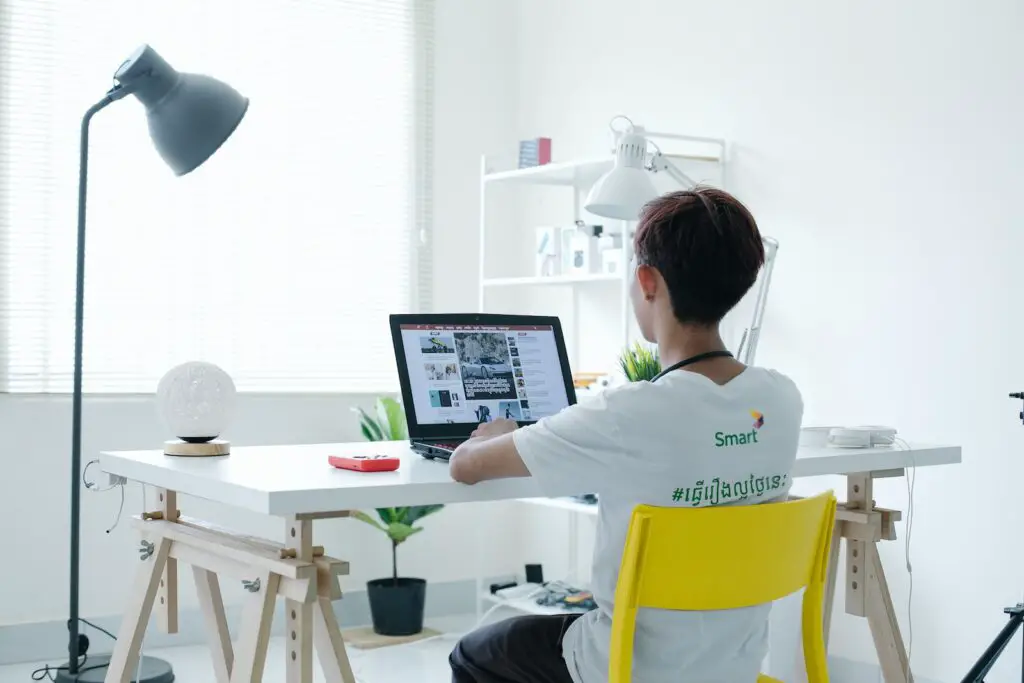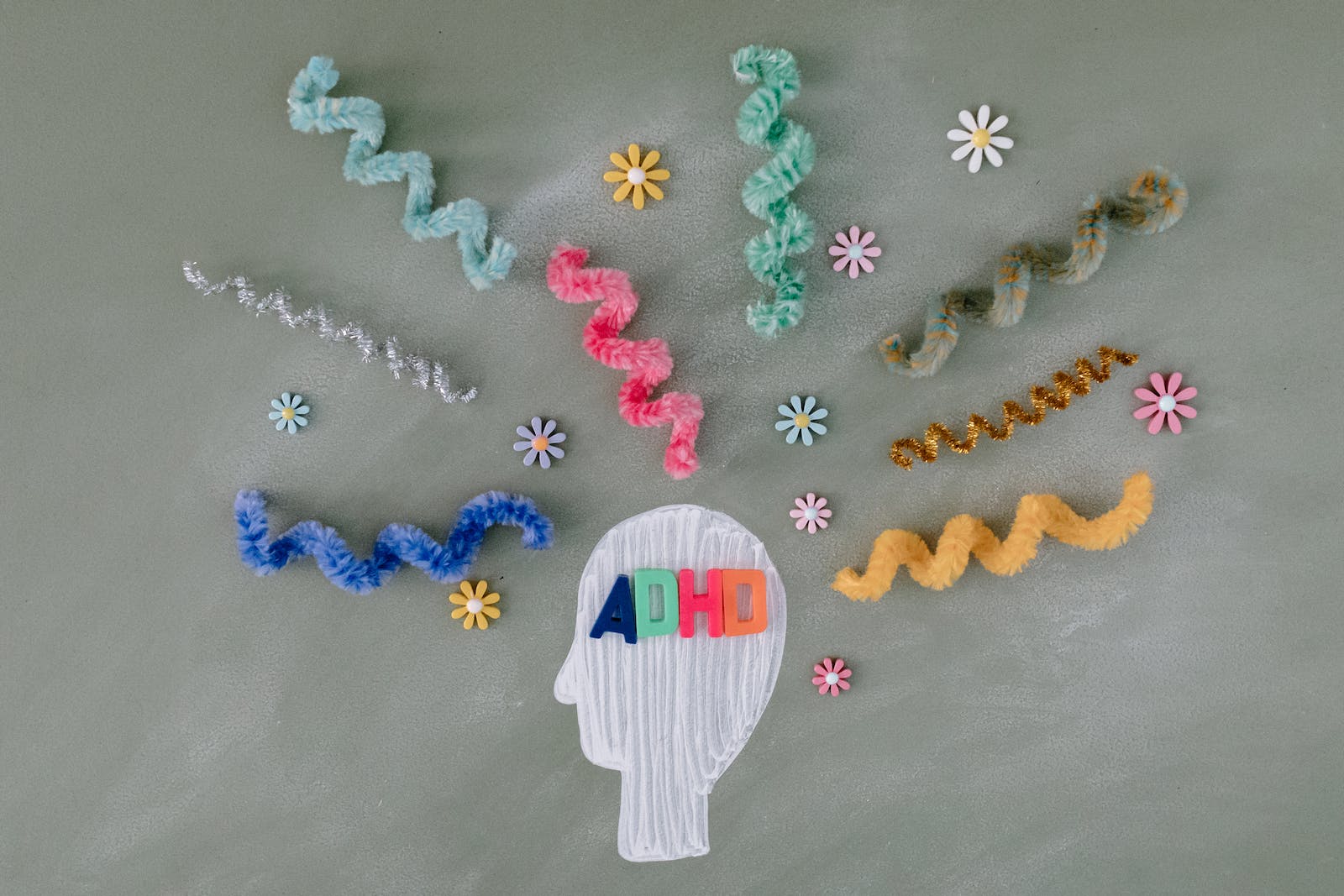How to Work from Home with ADHD
In recent years, there has been a significant increase in the number of people who work remotely. This shift in the professional landscape has its advantages, such as increased flexibility and productivity. However, for individuals with Attention-Deficit/Hyperactivity Disorder (ADHD), working from home can present unique challenges. In this article, we will explore strategies and tips to help individuals with ADHD thrive in a remote work environment. From creating a conducive workspace to managing time effectively, we will cover everything you need to know to achieve success while working 9-5 with ADHD. So, let’s dive in!
Understanding ADHD and Its Impact on Remote Work
To fully comprehend the challenges faced by individuals with ADHD in a remote work setting, it is essential to understand the nature of this neurodevelopmental disorder. ADHD is characterized by symptoms such as difficulty focusing, impulsivity, and hyperactivity. These symptoms can make it challenging to maintain productivity and meet deadlines, especially when working independently.
Working remotely adds further complexity for individuals with ADHD. The absence of a structured office environment and the increased freedom to manage time can lead to distractions and procrastination. Additionally, the lack of face-to-face interactions can result in feelings of isolation and difficulty staying motivated.
Creating a Conducive Workspace
An organized and distraction-free workspace is crucial for individuals with ADHD. Here are some tips to create an optimal work environment:
- Designate a dedicated workspace: Set aside a specific area in your home solely for work purposes. This will help create a mental boundary between work and personal life.
- Minimize distractions: Remove potential distractions from your workspace, such as clutter, noisy appliances, or personal items that might divert your attention.
- Optimize lighting and ergonomics: Ensure that your workspace is well-lit and ergonomically designed to promote comfort and productivity.
- Use noise-cancelling headphones: If you find external noises disruptive, invest in noise-cancelling headphones to create a quiet working environment.

Time Management Techniques
Effective time management is essential when working from home with ADHD. Here are some strategies to help you stay organized:
- Create a schedule: Establish a daily routine and stick to it. Break your workday into manageable chunks, and allocate specific time slots for different tasks.
- Use digital tools: Utilize productivity apps and tools, such as task managers and timers, to stay on track and manage your time effectively.
- Prioritize tasks: Identify the most important tasks and tackle them first. This will prevent you from getting overwhelmed and ensure that critical tasks are completed on time.
- Take regular breaks: Allow yourself short breaks throughout the day to recharge and maintain productivity. Use these breaks for physical activity or relaxation.
Stay Focused and Minimize Distractions
Distractions can be particularly challenging for individuals with ADHD. Follow these strategies to stay focused and minimize distractions:
- Use the Pomodoro Technique: The Pomodoro Technique involves working in focused intervals of 25 minutes, followed by a short break. This method can help increase concentration and productivity.
- Implement a “Do Not Disturb” policy: Communicate with family members or roommates about your need for uninterrupted work time. Consider using a visual cue, such as a closed door or a sign, to signal your availability.
- Manage digital distractions: Disable notifications on your devices, or use apps that block distracting websites and apps during designated work periods.
- Practice mindfulness: Incorporate mindfulness techniques, such as deep breathing or meditation, to improve focus and reduce mental clutter.
Maintaining Motivation and Connection
Working remotely can sometimes lead to feelings of isolation and reduced motivation. Stay connected and motivated with these strategies:
- Engage in virtual social interactions: Schedule regular video calls or virtual coffee breaks with colleagues to maintain social connections and combat feelings of isolation.
- Join online communities: Participate in online forums or professional networks to connect with like-minded individuals in your field. This can provide a sense of community and support.
- Set goals and rewards: Establish achievable goals and reward yourself upon completion. This can help maintain motivation and provide a sense of accomplishment.
- Seek support: Reach out to a therapist or ADHD support group for guidance and encouragement. They can provide valuable strategies and coping mechanisms specific to ADHD.
Frequently Asked Questions (FAQ)
Can medication help with managing ADHD symptoms while working from home?
Medication can be an effective tool in managing ADHD symptoms. Consult with a healthcare professional to determine if medication is appropriate for your situation.
Are there any specific apps or tools that can assist individuals with ADHD in a remote work environment?
Yes, several apps and tools are designed to assist individuals with ADHD. Some popular options include Microsoft To Do and Asana. These tools are easy to handle (which is extremely important for individuals with ADHD) and can help with task management, reminders, and organizing workflows.
How can I stay motivated when working on long-term projects remotely?
Break down long-term projects into smaller, more manageable tasks. Set deadlines and reward yourself upon completion of each milestone. Regularly check in with colleagues or supervisors for accountability and support.
What strategies can help with maintaining a work-life balance while working from home with ADHD?
Establish clear boundaries between work and personal life. Create a dedicated workspace and adhere to a structured schedule. Communicate your needs and limitations to family members or roommates to minimize interruptions.
Are there any specific exercises or activities that can help manage ADHD symptoms during breaks?
Engage in physical activities such as stretching, walking, or yoga during breaks. These activities can help reduce restlessness and improve focus. Additionally, practicing mindfulness or deep breathing exercises can be beneficial for relaxation and mental clarity.
Conclusion
Working from home with ADHD may present unique challenges, but with the right strategies and mindset, it can be a fulfilling and successful experience. By creating a conducive workspace, managing time effectively, minimizing distractions, maintaining motivation, and seeking support when needed, individuals with ADHD can optimize their remote work experience. Remember, it’s essential to embrace your strengths, leverage available resources, and implement personalized strategies to thrive in a remote work environment. So, go ahead and utilize these tips to unlock your full potential while working from home with ADHD.
Disclaimer: The information provided in this article is for educational purposes only and should not replace professional medical advice. Please consult with a healthcare professional for an accurate diagnosis and personalized treatment plan for ADHD.
